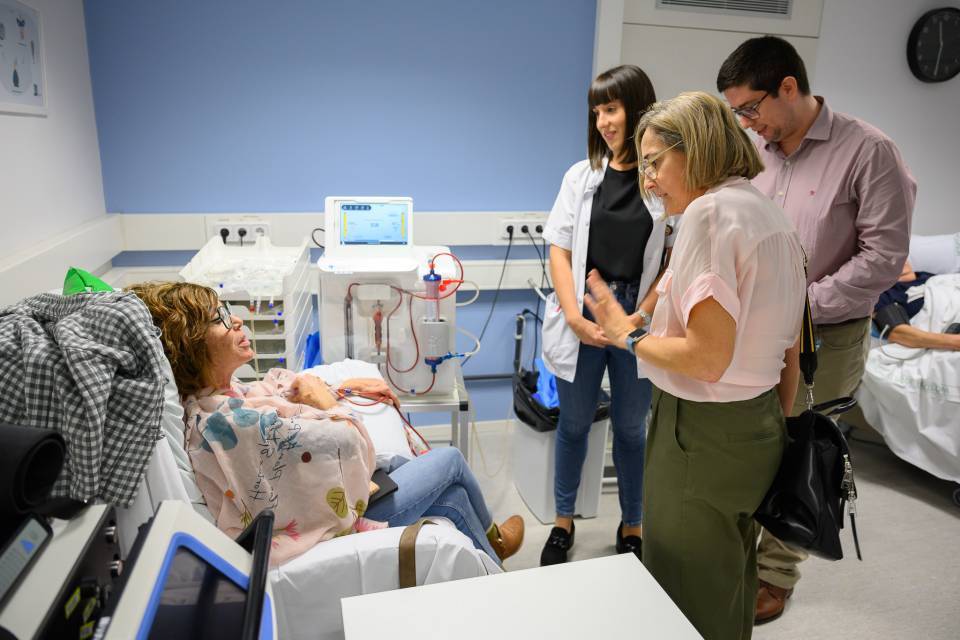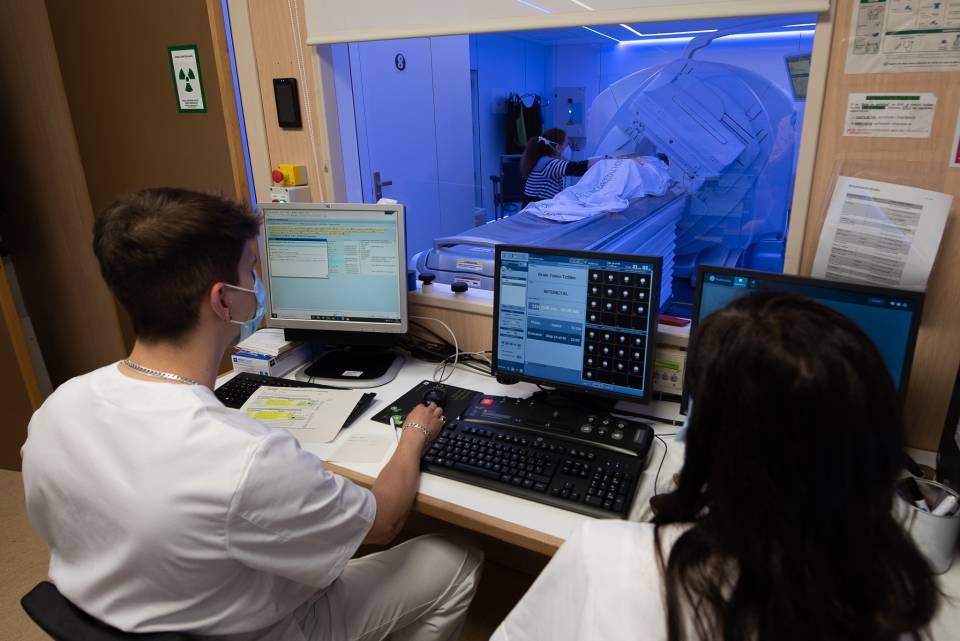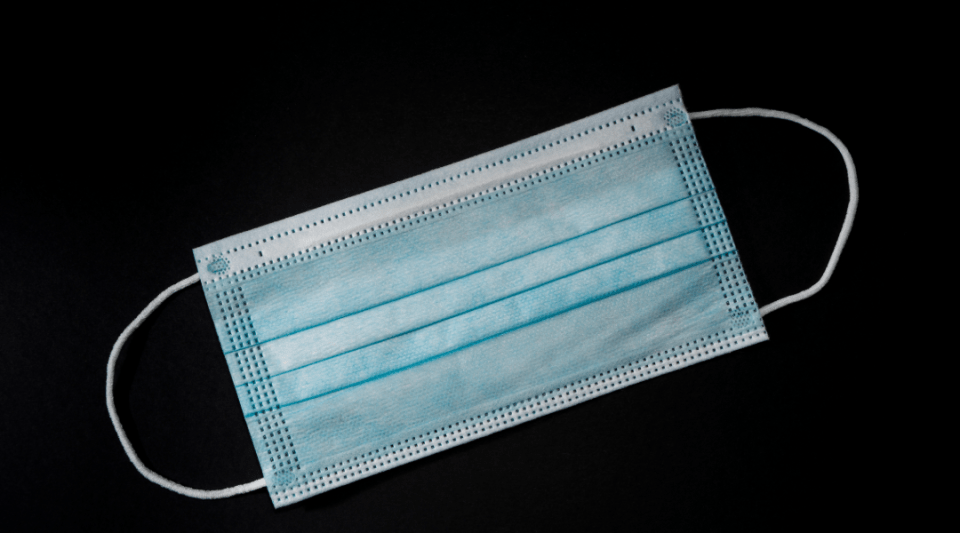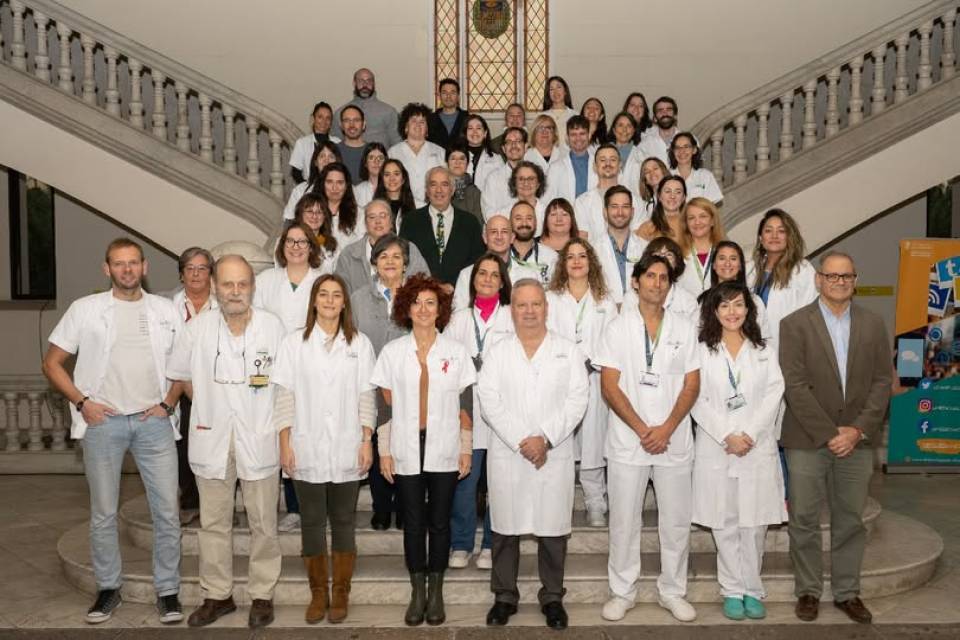A more accessible and personalized model of care
The Hospital Clínic de Barcelona currently has two sites dedicated to the in-centre care of haemodialysis patients: the main Villarroel building and the Clínic Dialysis and Applied Research Centre (DIRAC), located at Carrer Manso 29-31. The latter also incudes the Home Dialysis Unit, a service designed to offer training and comprehensive monitoring to people who choose to carry out their treatment at home, either by home haemodialysis or peritoneal dialysis.
This unit allows for a more flexible, accessible approach adapted to the needs of the patient and their environment, in order to promote autonomy, improve their quality of life and facilitate the balance with daily life. Care is provided by a multidisciplinary team made up of nephrology, nursing, nutrition, physiotherapy, psychology and social work professionals, who work together to ensure that the patient is at the centre of the treatment and participates actively in the decisions that affect his or her health.
“Both home haemodialysis and peritoneal dialysis are equally effective techniques, and choosing one or the other will depend on the patient’s characteristics and preferences,” explains Dr Elena Cuadrado, nephrologist at the Nephrology and Renal Transplant Service at the Clínic.
Sustained growth and a commitment to home dialysis
The Clínic’s Home Dialysis Unit currently cares for 87 patients, 17 of whom receive home haemodialysis and 70 follow home peritoneal dialysis programmes. This figure represents an overall increase of 47% compared to 2024 (55% in home haemodialysis and 46% in peritoneal dialysis), consolidating the Clínic as one of the leading centres in this type of treatment.
Another qualitative leap has been made in 2025 in terms of the start of therapy. As Dr José Jesús Broseta, nephrologist at the Clínic and coordinator of the Home Dialysis Unit, points out: “32% of patients who start dialysis do so directly with a home technique”, a figure that exceeds the 30% recommended by the Spanish Nephrology Society, and which the Health Commission of the Spanish Congress of Deputies ratified with a Non-Legislative Motion to increase, by 2028, the number of patients who receive dialysis at home at the start of treatment.
A renovated space for training and support
With the launch of the new exclusive space for home dialysis training and monitoring, the Clínic reinforces its commitment to a patient-centred care model based on practical training, personalized monitoring and innovative care.
This new space will improve the experience of patients and their families in the learning process, and incorporate support tools and materials. Emma Peruga, one of the patients who has been trained in the home dialysis programmes, assesses the advantages of this modality: “For me, it was a great relief to be offered home treatments; it allows you to organize your own schedule and enjoy the peace of mind of being on your sofa or in a room at home, quiet, with your loved ones at your side and without having to travel.”
Dialysis at the Clínic
Dialysis is a medical procedure that partially replaces the function of the kidneys, eliminating excess fluids and waste substances from the blood when these organs cease to function properly.
There are two main types of treatment: haemodialysis and peritoneal dialysis. Both offer similar results in terms of efficacy, although they differ in the technique used and where they are performed. The choice of the type of dialysis is always made by consensus between the patient, his or her family, and the medical team, in order to adapt as far as possible to each person's needs and circumstances.
In general, dialysis is a long-term treatment, unless renal function is recovered—which is rare—or a kidney transplant is performed.




